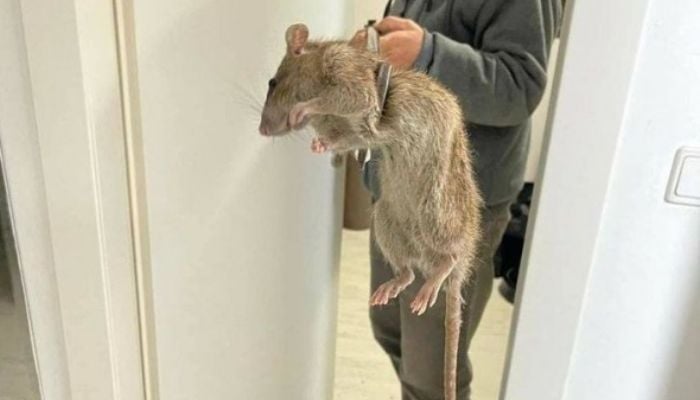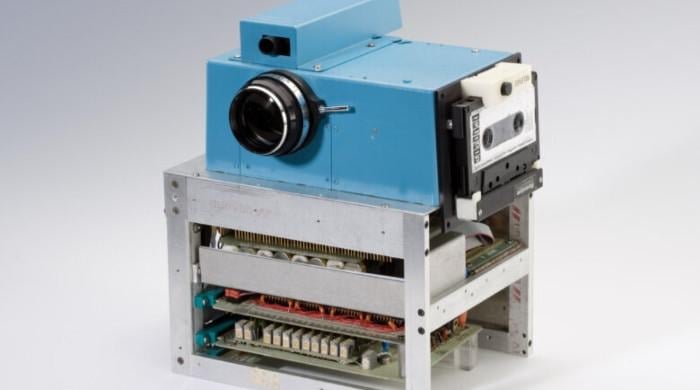Two-foot-long 'poison-immune' mutant rats attack British homes
Rats are attempting to enter homes through breaches in exterior walls, drainpipes, and lofts
January 07, 2023

Giant, two-foot-long rats that are immune to poison and are infiltrating homes in Britain, reported The Sun.
The culture of working from home is regarded to be the cause of the issue, which prevents businesses and households from missing trash pickups.
Refuse haulers are unable to pass the steadily extending queues of parked automobiles outside of residences because people stay at home throughout the week.
As disease-carrying rats and scavenger seagulls are drawn to trash cans overflowing with rotting waste, worries that it will pose a health risk are mounting.
Leeds City Council has attributed an increase in complaints about missed rubbish collections to the work-from-home culture.
"It's the most annoying thing when you pay your council tax and then you come home and your bin hasn't been collected," Conservative councillor Paul Wadsworth was quoted as saying by The Sun.
Rats are attempting to enter homes through breaches in exterior walls, drainpipes, and lofts, according to pest control experts, which are receiving an increased number of complaints from homeowners.
As many as 200 million rats are thought to be swarming over Britain at this time. If trash cans aren't emptied, people who work from home can discover a rat lounging in the kitchen or bedroom.
Rats can swim, therefore they might even try to go into sewers and appear when the toilet lid is removed.
Many are alleged to be monster mutants up to 2 feet long that are resistant to counter poisons and pose a severe threat to public health because they are known to transmit fatal diseases.
The rainy weather is flooding parks, fields, and gardens, forcing rats out of their tunnels and underground "dungeon" nests. They are swarming toward centrally heated homes, looking for crevices through which they may gain inside.
Rats, which can fit through openings as small as half an inch wide, have more than a dozen possible entry sites inside a normal home, according to the British Pest Control Association.
"The first evidence of rats in a home is often noises under the floor, in the walls or loft as that's where most will head to once they're inside," the outlet quoted a spokesperson.
"Quite apart from the health risks, they'll foul water tanks and chew on wood or electrical wires which can cause a lot of damage and poses a hazard risk."
She said that people should do all they can to protect their houses because the creatures will try to find places to hide from the icy winds.
The rats appear to have undergone genetic changes that have made them bigger, stronger, and increasingly resistant to both. In order to address the expanding issue, pest controllers are now pleading for the approval of a third generation of far stronger poison.
According to genetic analysis performed by Huddersfield University, the rats have a mutation that enables them to resist common toxins.
Since the 1950s, the country has been fighting rats with the same anticoagulant poisons, despite the fact that they have evolved. Researchers predict that super rats may eventually outnumber humans in Britain three to one, which is horrifying.
However, because of the risks to children, pets, and wildlife, rodent poisons are debatable.









